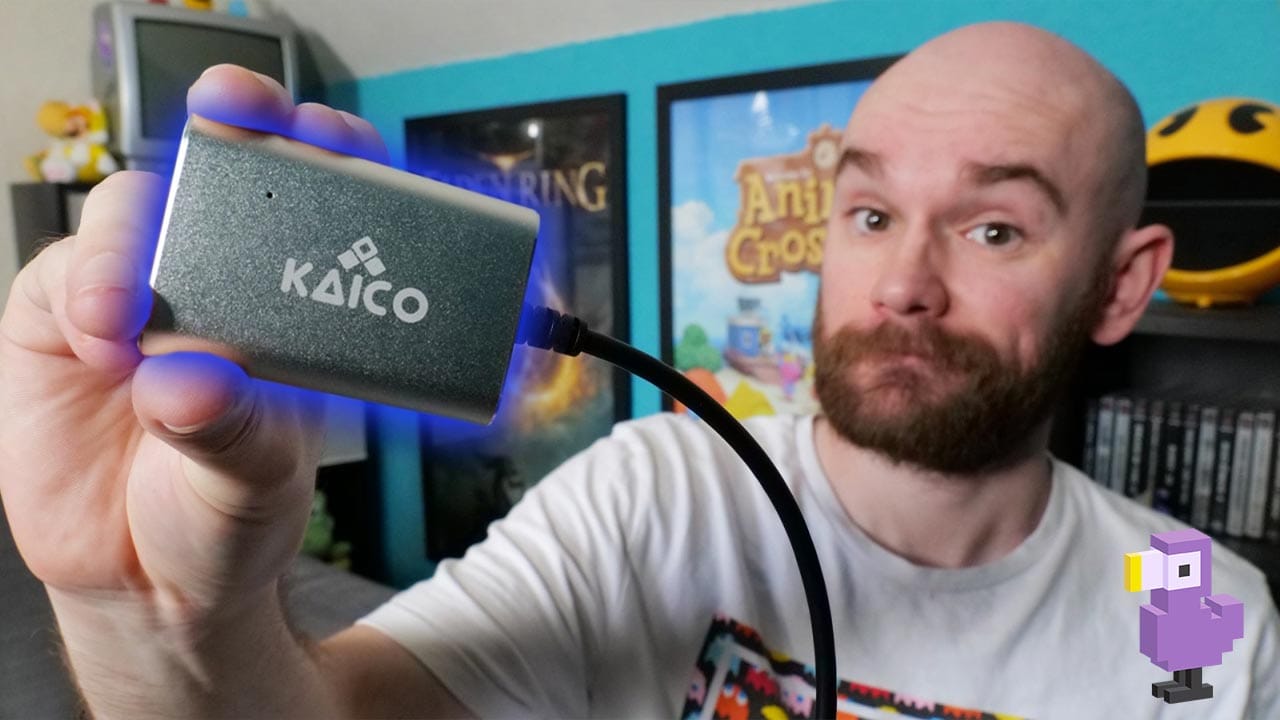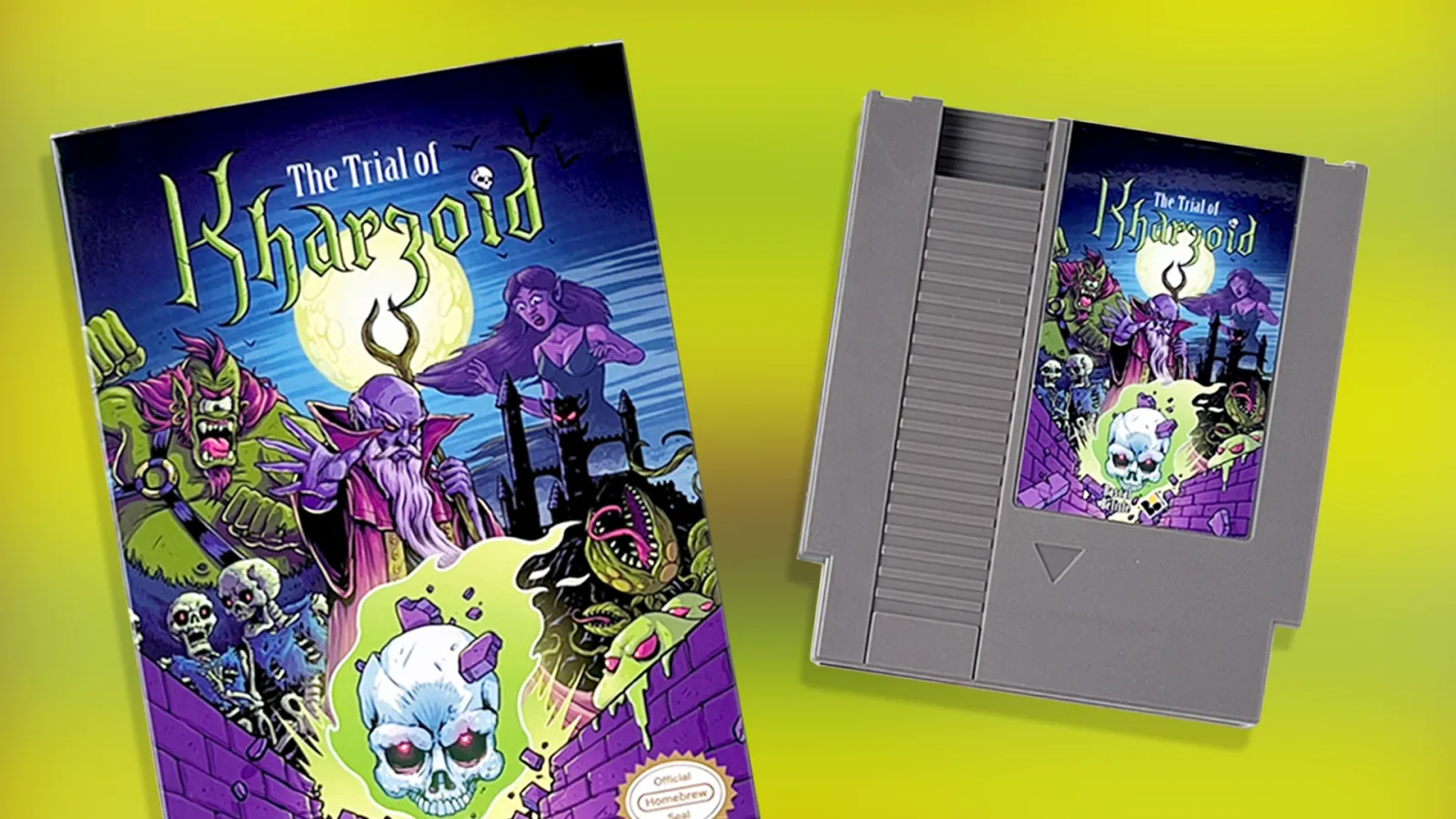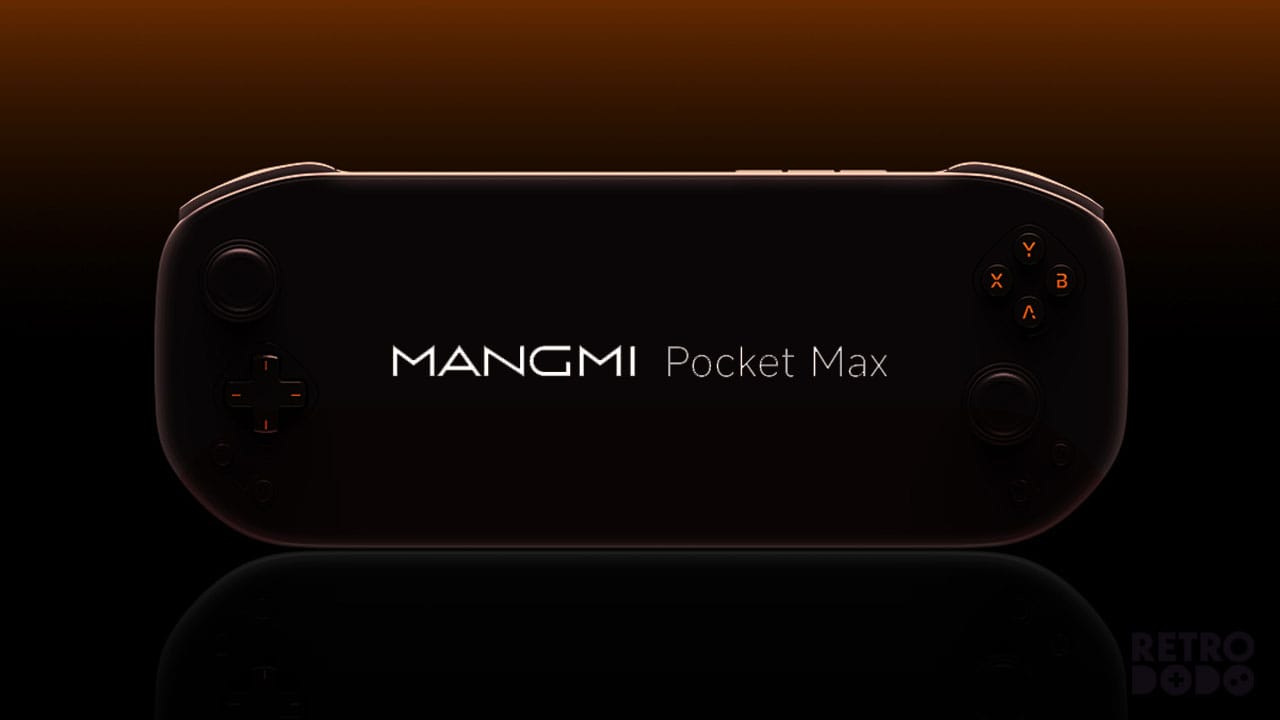For everyone looking to bring some life back to their old consoles, we’ve taken a look at the range of Kaico Retro Gaming HDMI adapters to see whether they’re up to the challenge of bringing your favourite games to modern TVs!
As much as I love how much emulation has made older games much more easily accessible, I do think that the ultimate way to experience any retro title is by playing it on the original hardware.
This mindset has led to me owning a pretty big variety of consoles, but as TVs and displays implement newer technology, it ends up making it pretty difficult to get the best picture quality out of your old devices.
Who Are Kaico, And What Are Their HDMI Adapters?
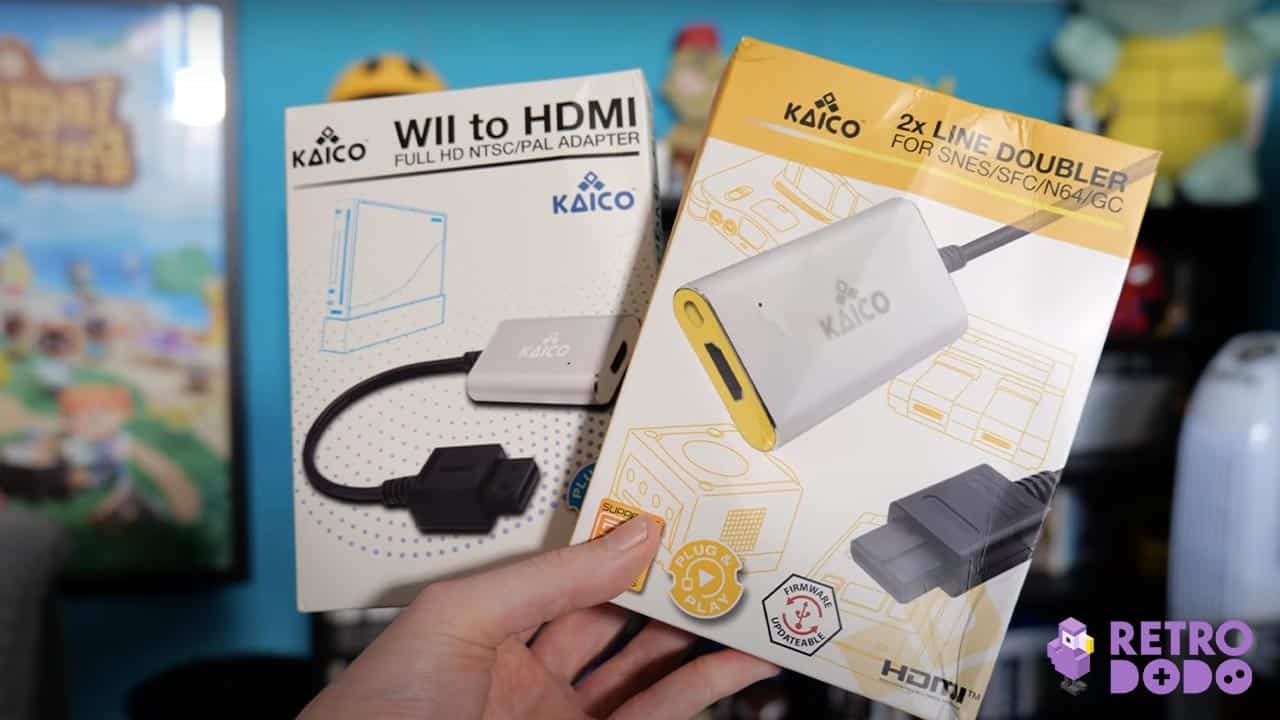
Kaico are a company that aims to help out with this. Sure, there are many other companies that offer solutions too, but most of them are creating extremely high quality OSSCs and upscalers which also come with extremely high price tags.
Kaico, on the other hand, offer products for around the £15 – £50 mark, which makes them significantly easier to access if you’re getting started with revisiting your retro consoles.
But the worry that many people probably have is that, considering they sell for such a low price, are any of Kaico’s Retro Gaming HDMI adapters actually any good?
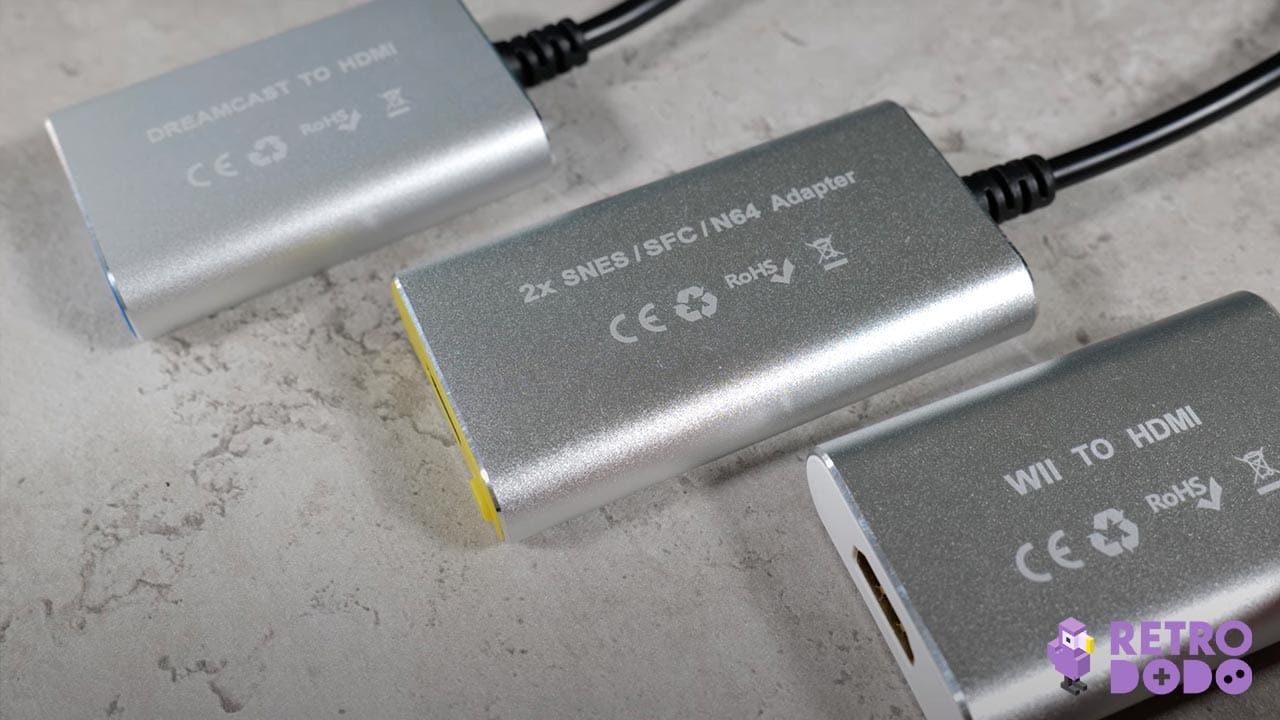
Well, I just so happened to already have a Kaico HDMI adapter for the Dreamcast and they were kind enough to send us another two devices to take a look at. So let’s plug these things in and see how they stack up to other display options at our disposal!
The way that these devices work is that Kaico offer a specific adapter for each individual console.
The reason for this is that different consoles will use a different port for their video output, so there can’t be a one device to fit all.
Of course some consoles share a video port such as the SNES, N64 and GameCube, and in this case, a single adapter will fit all three of these consoles. I also have specific Kaico Retro Gaming HDMI Adapters for the Dreamcast and the Wii, but let’s start by looking at the N64.
The Kaico N64 HDMI Adapter
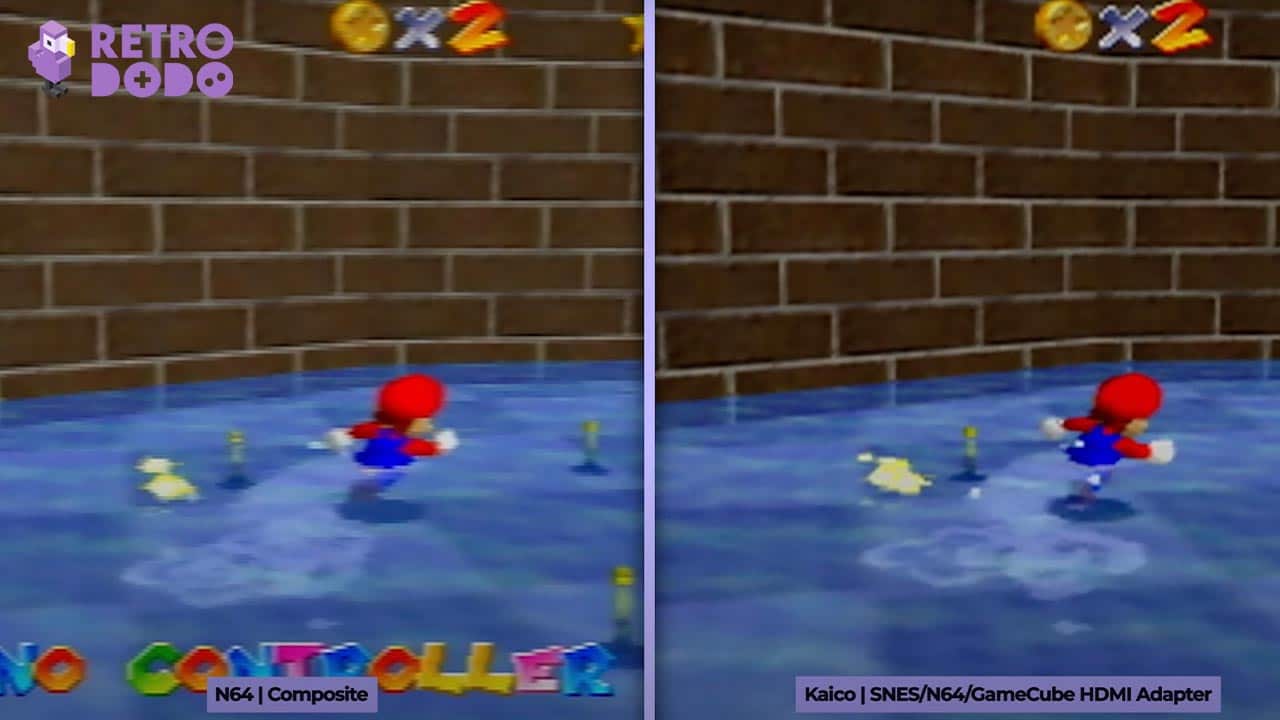
I’m actually pretty happy with the results here. The N64 is notorious for being difficult to get a good picture out of due to it’s highest native video output being S-Video which isn’t exactly ideal.
But as you can see here, the Kaico HDMI adapter is significantly higher quality than the standard composite cables. Everything has much more clarity and the UI elements are much easier to read too.
I would test more games, but my N64 collection is pretty tiny and I don’t actually have a working controller since I modded mine to turn it into a Switch controller…
But from what little I’ve been able to see of this, it’s definitely worth looking into if you’ve been stuck in the past with your composite cables.
The Kaico Dreamcast HDMI Adapter
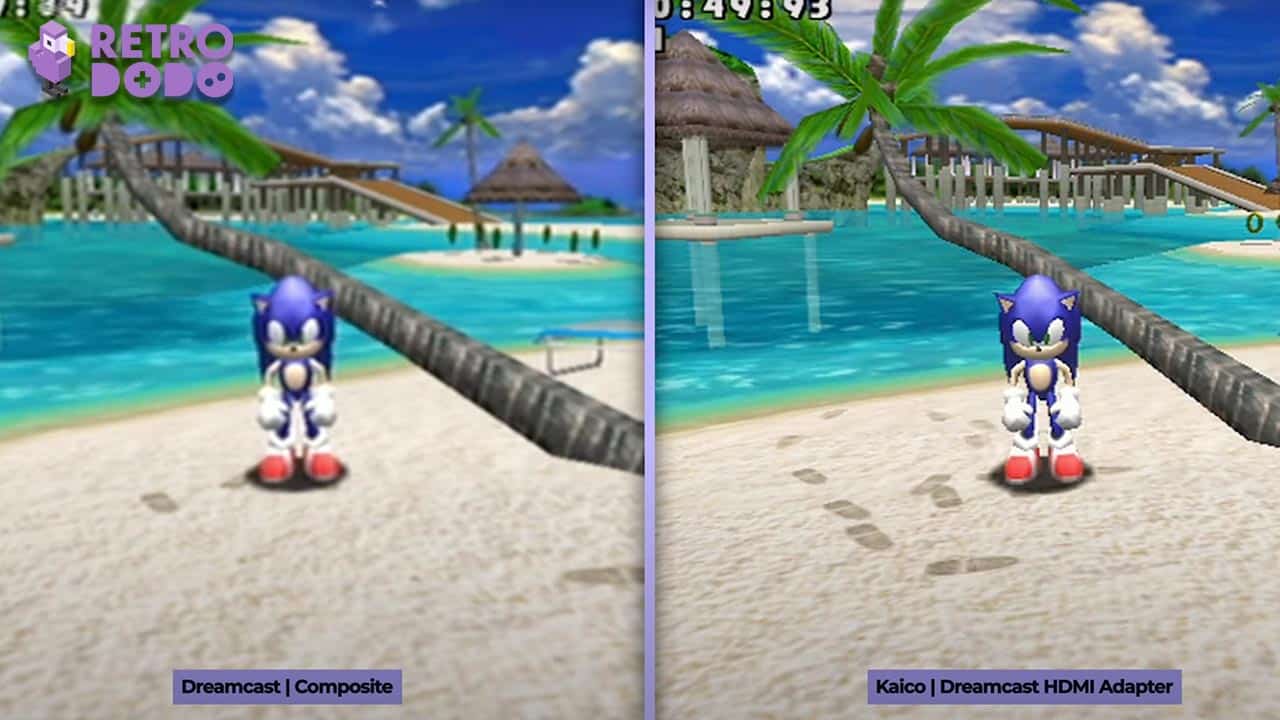
Moving onto the Dreamcast now, I had actually already previously purchased this particular adapter and I’m over the moon with it.
Again, before getting this the only video output I had access to was the composite cables and the Kaico blows this out of the water.
The difference in quality here is even greater than what we saw with the N64 and the reason for this is that the Dreamcast was way ahead of it’s time with it’s video output options.
The highest quality you could get from the Dreamcast was with a VGA cable, and the Kaico Retro Gaming HDMI adapters tap into this video output and convert it into HDMI to make it work with modern displays.
Even back in the day, a TV with a VGA input was extremely rare, so I would imagine very few people were able to take advantage of this.
The caveat with this though is that not every Dreamcast game was designed to work with VGA and this can result in certain games straight up not launching if you’re using the Kaico adapter.
An example of one such game is Resident Evil: Code Veronica, so if you want to play this or any similar games, you’d need to either hang on to your original composite cables or look into getting Scart cables.
Admittedly, it’s not ideal, but fortunately most games do work with VGA.
The GameCube Kaico HDMI Adapter
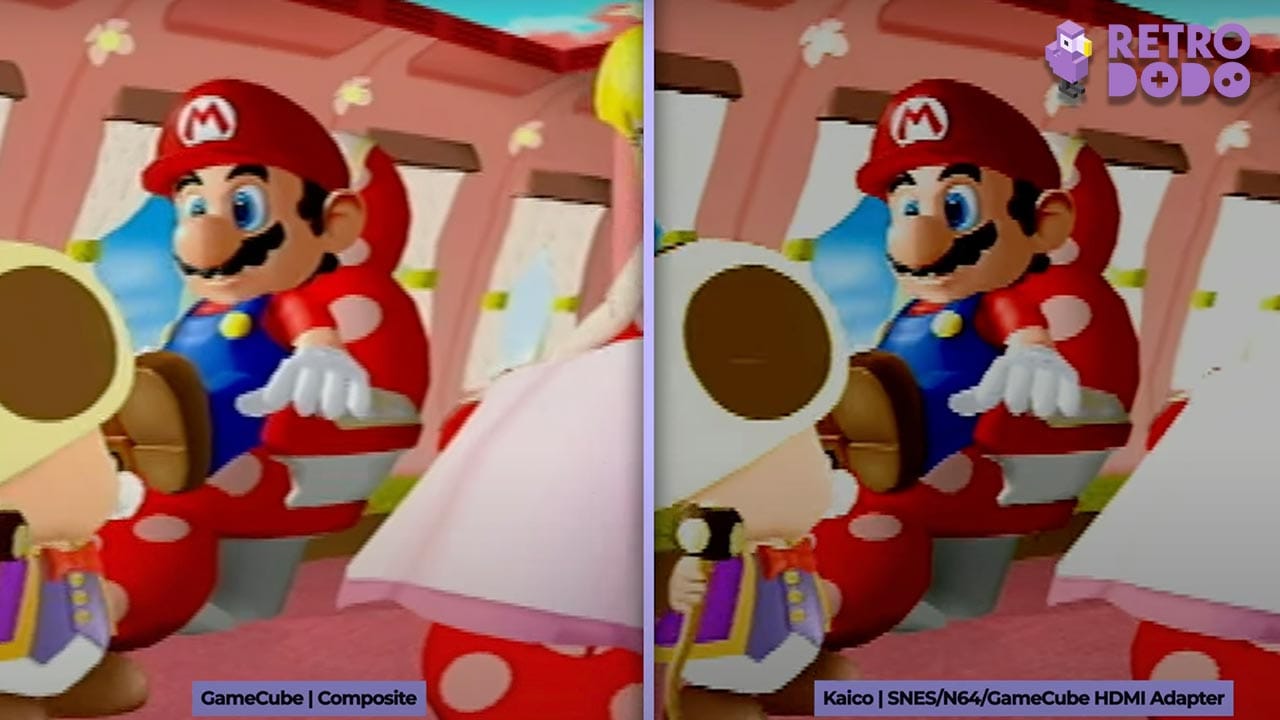
So far I would actually pretty highly recommend these adapters for all of the consoles we’ve tried, but we’ve hit the point in the video where things become a little bit more hit and miss, because the next console we’re looking at is the GameCube.
I had such high hopes for this.; I’ve been looking for a cost effective way to upgrade my GameCube’s video output for ages now and I thought this could do the trick, but unfortunately, it just doesn’t quite hit the spot.
The issue here is that the image produced by the Kaico adapter is way too contrasty. The darks are far too dark, and don’t even get me started on the whites.
I tried playing a bit of Super Mario Sunshine and it was barely even playable because of how blown out everything was. Look at all of the detail missing from the floor here because of how bright it is.
It doesn’t help that the image produced here is also extremely pixelated, even more so than what’s offered by composite cables, which is outright baffling to me.
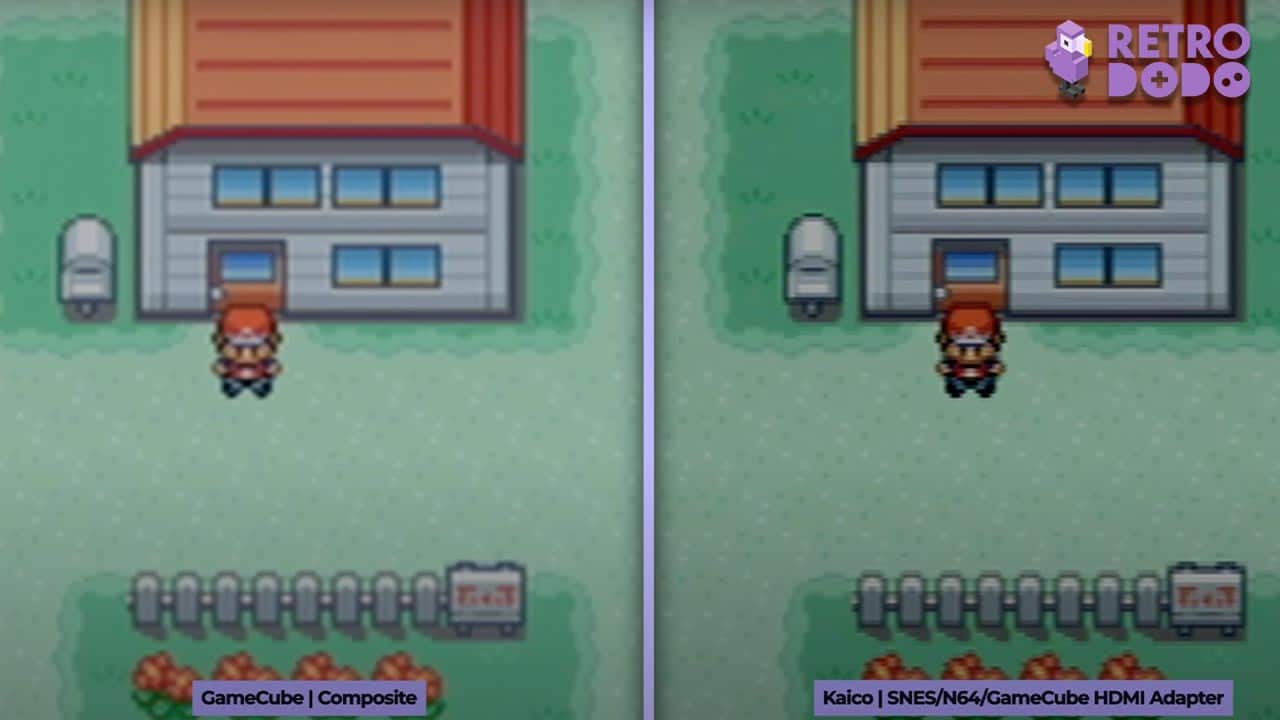
I even tried the GameCube’s Game Boy Player just to see if the Kaico adapter worked better with those, and while maybe the difference isn’t quite as noticeable as the proper GameCube games, everything still looks too dark.
If I had to pick between these two images, I personally would go for composite.
The GameCube HDMI Adapter Solution
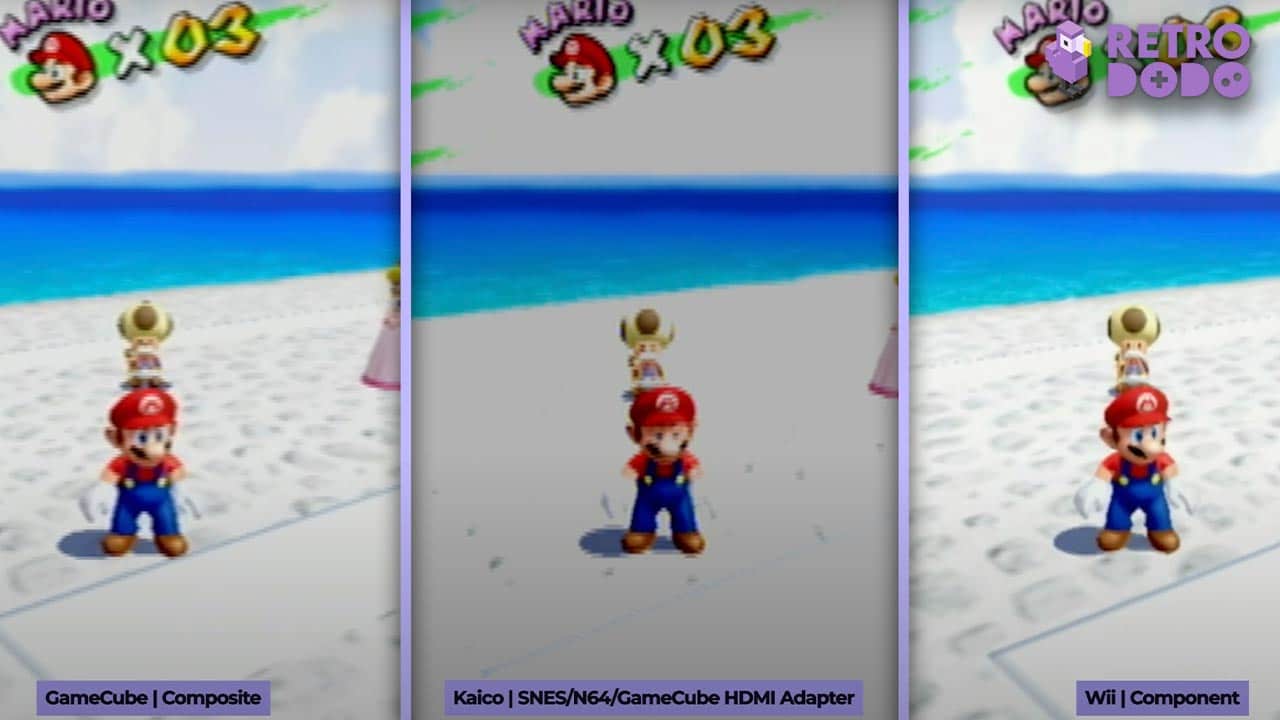
The best option I’ve found for getting good image quality from GameCube games for a cheap price is to simply use a Wii.
Wii component cables are pretty cheap, whereas the same definitely can’t be said for GameCube component cables.
But, because the Wii is fully backwards compatible, the only real disadvantage is that you lose out on that Game Boy Player support.
As you can see here, the component output blows both the Kaico adapter and composite cables away. It’s so much clearer and is much truer to how these games are supposed to look.
The Wii Kaico HDMI Adapter

Speaking of the Wii though, Kaico do actually offer a Wii HDMI adapter. But yet again, I wasn’t too impressed by the results.
Now an interesting thing with my setup is that for some reason, when I use component cables with my Wii, I can’t use the 480p mode without it distorting the display, rendering everything unplayable. So I’m essentially locked to 480i, which isn’t the end of the world.
But, by using the Kaico adapter, I can actually get a 480p signal without messing anything up which results in a very slightly better quality image.
However, as you can see, the adapter also makes the image too dark. This won’t outright ruin your experience with these games, but it’s definitely noticeable if you’re familiar with how the Wii is supposed to look.
So for me, it’s a choice between having an image that’s slightly too dark, or having an image that’s slightly worse quality. Personally I would opt for the worse quality because this is far less noticeable when you’re actually playing the games, but what do you think?
Our Verdict
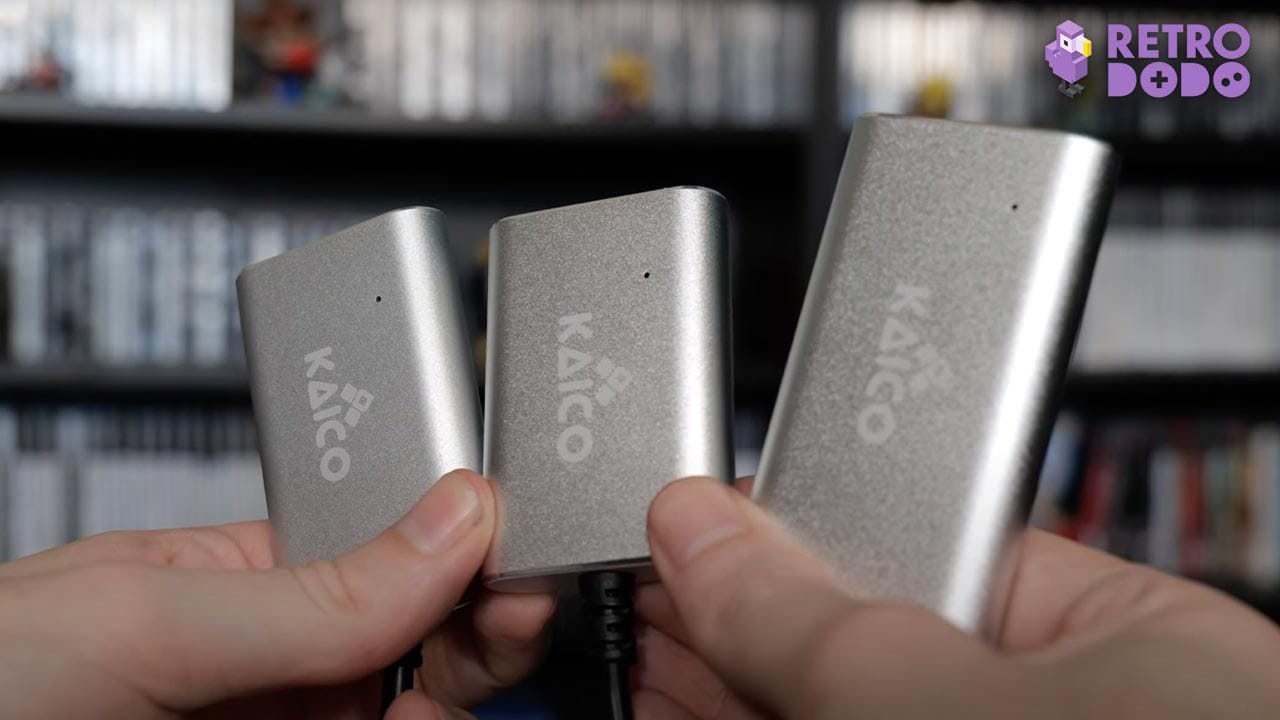
We’ve got a real mixed bag here. The Dreamcast adapter is awesome; I use this as a part of my main setup every day, but it does come with the disadvantage of not working with every single game due to the way it mimics a VGA signal.
The SNES, N64 and GameCube adapter is really good for N64 games but outright terrible for GameCube, and I unfortunately can’t test it with the SNES because I don’t have one.
I do also want to point out that Kaico do offer more specific products for the GameCube, so it’s possible that the one I have was developed more with the N64 and SNES in mind, which explains why the picture was so much better from the N64 than with the GameCube.
The Kaico website even lists this product as a ‘Nintendo N64 Line Doubler’ specifically, which implies that it was made primarily for the N64 with the SNES and GameCube functionality being a bonus due to sharing the same video port.
Then we’ve got the Wii adapter which is okay. It makes the image too dark but it’s not an outright deal breaker if you absolutely needed a way of getting your Wii working through HDMI.
The actual image clarity is really good, so in certain situations this would probably come in handy. Plus, you could try messing with the brightness settings on your TV to negate some of the dark video provided by the adapter.
It’s worth pointing out too that the actual build quality of these products is amazing. They feel sturdy and they’re easy to integrate into your setup due to how small they are.
Final Thoughts
If you only have access to a modern display which doesn’t feature inputs outside of HDMI, these Kaico products are pretty awesome.
They’re so easy to get working; literally just plug them in and boom, there’s an image. You don’t need to worry about Scart, Composite, Component or VGA; it’s all just standardised HDMI.
Plus, there’s no mess either due to the fact that they just consist of a single short wire attached to the body of the unit. They no longer come with their own HDMI cables, however I’m sure everyone has a few of these lying around anyway, so this isn’t really a problem.
They’re normally extremely well priced (being much cheaper than buying a more premium upscaler), and in the case of the Dreamcast and N64, the image it produces is straight up amazing.
But what did you think of all of these Kaico Retro Gaming HDMI adapters products?
Would you consider getting one for your old systems? And what’s your experience with their other products?
Let me know in our socials or in the comments of the video at the top of this article, and as always if you enjoyed the video give it a like and subscribe to our YouTube channel for more quality retro gaming content coming!
And, if you’re after sone Sony HDMI gaming solutions, check out our best PS1 HDMI cables and best PS2 HDMI cables articles!


